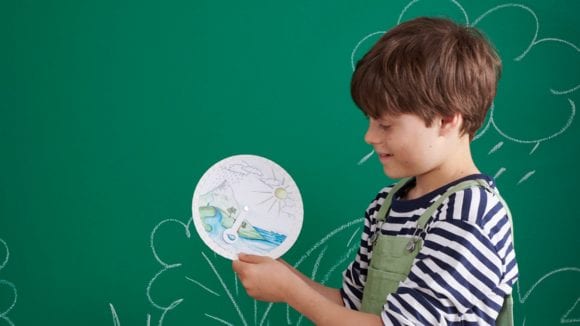Nature
Water cycle template
Find out how the water cycle works.

![]()
header.search.error
Nature
Find out how the water cycle works.
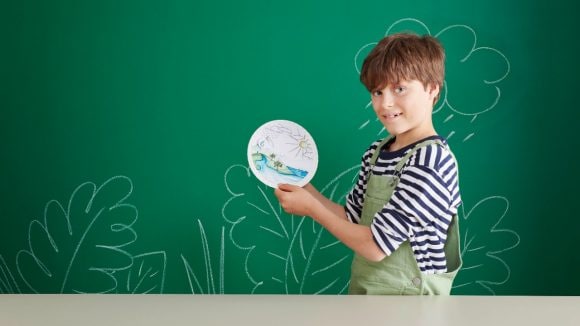
What you’ll need:
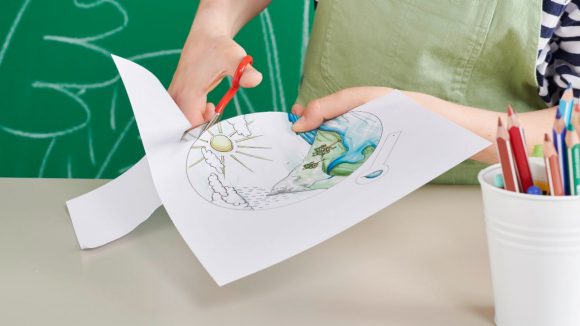
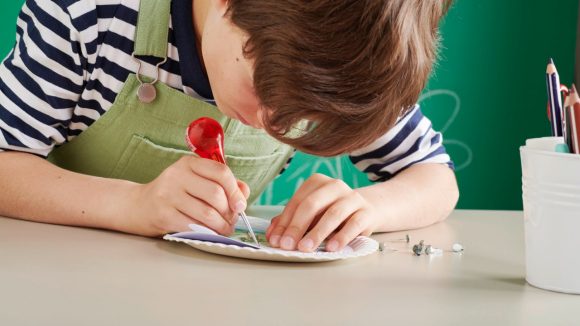
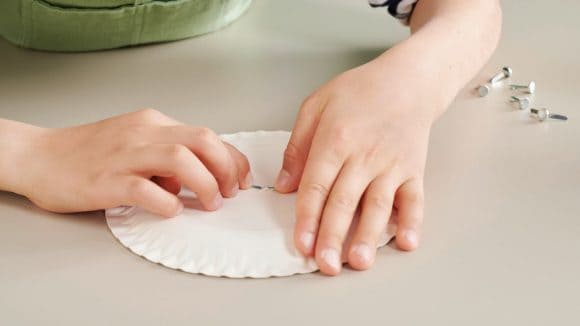
Water evaporates: The sun shines on the water in rivers, lakes and seas. This makes the water warmer.
When the water is warm enough, it turns into steam or gas, which we call water vapor. This rises into the air.
Cloud formation: The water vapor rises into the sky, where it’s colder. There, the vapor cools and turns back into small water droplets. These droplets gather and form clouds.
Precipitation: When the clouds have gathered enough water and become heavy, it starts to rain or snow. This is precipitation.
Seepage and drainage: The rain or snow that falls to Earth can go various ways. One part seeps into the ground and becomes groundwater. Another part flows over the surface into rivers, lakes or the sea.
The cycle begins again: The water in rivers, lakes and seas is once again warmed by the sun, evaporates and rises into the air as water vapor. And so the cycle begins again.
